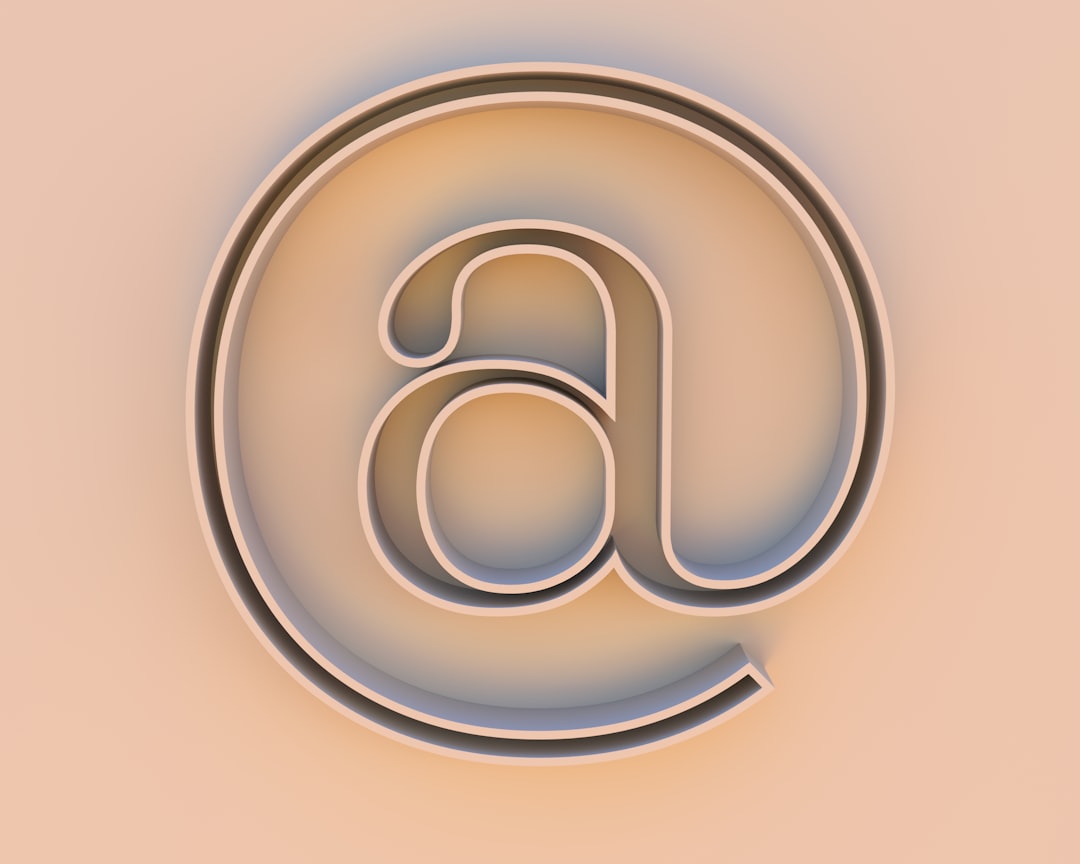With the rise of AI-driven applications, developers are increasingly relying on large language models to power chatbots, virtual assistants, and a myriad of other intelligent tools. OpenAI has led the charge with its ChatGPT models, offering impressive capabilities through the GPT-3.5 Turbo and GPT-4 Turbo versions accessible via its API. Understanding the pricing differences and use-case suitability of these two models is essential for businesses aiming to optimize their costs while maintaining high performance.
This article offers a detailed comparison of ChatGPT API pricing for GPT-3.5 Turbo and GPT-4 Turbo, and evaluates their suitability across different use-case scenarios, helping developers and enterprises make informed decisions.
Overview of ChatGPT Models
GPT-3.5 Turbo is a cost-efficient, fast, and capable version designed for general-purpose applications. In contrast, GPT-4 Turbo offers improved reasoning, accuracy, longer context windows, and overall better performance, but at a higher cost. Both models are available via the OpenAI API, allowing businesses to scale their AI integration flexibly.
Pricing Structure
Understanding the cost implications is a key factor when choosing between GPT-3.5 Turbo and GPT-4 Turbo. OpenAI structures pricing based on tokens – which are essential units of text. It’s important for businesses to understand how many tokens their typical usage might consume.
- GPT-3.5 Turbo: $0.0015 per 1,000 input tokens and $0.002 per 1,000 output tokens.
- GPT-4 Turbo: $0.01 per 1,000 input tokens and $0.03 per 1,000 output tokens.
Clearly, GPT-4 Turbo is significantly more expensive than GPT-3.5 Turbo—input tokens cost over six times more, and output tokens fifteen times more. However, the value of GPT-4 Turbo lies in its capabilities, not just pricing.

Use Case: Customer Support Chatbots
Organizations often use AI-powered chatbots to handle customer queries. In this scenario, speed and low cost are paramount, especially if the chatbot handles thousands or millions of conversations monthly.
Recommended Model: GPT-3.5 Turbo
- Lower cost means better scalability for high-volume interactions.
- Reasonably fast and accurate for common queries and troubleshooting.
- Custom instructions can enhance model performance for FAQs and scripted dialogues.
However, if the chatbot must manage complex conversations, support multiple languages, or offer nuanced responses, GPT-4 Turbo becomes an ideal upgrade despite the cost.
Use Case: Legal or Financial Analysis
Document review in legal or financial domains involves complex language comprehension, precision, and consistency. Error rates are far more critical than cost considerations in this use-case.
Recommended Model: GPT-4 Turbo
- Superior reasoning and understanding of intricate documents.
- Can handle long context windows of up to 128k tokens—ideal for reviewing large contracts or reports.
- More consistent in providing accurate and nuanced interpretations.
Although GPT-4 Turbo is costlier, the enhanced accuracy reduces downstream errors, legal risk, or manual rework, which may translate into overall savings.

Use Case: Coding Assistance
Developers rely on ChatGPT for real-time code suggestions, debugging help, and educational support. Interactions can be technical and context-dependent.
GPT-3.5 Turbo Works Well for Basic Tasks
- Sufficient for syntax error fixes, basic explanations, and small AI integrations.
- Requires lower latency and offers faster responses for real-time use.
GPT-4 Turbo Excels for Advanced Programming Help
- Handles multi-file or large codebase context with ease using long context windows.
- Better at understanding edge cases, solving complex problems, or teaching advanced programming concepts.
For hackathons, onboarding tools, and learning platforms with a lower budget, GPT-3.5 Turbo is often sufficient. However, enterprise development and testing tools may benefit greatly from GPT-4 Turbo’s capabilities.
Use Case: Content Creation & SEO
Generating long-form text, summaries, and optimized SEO content is another popular application of ChatGPT. The choice of model depends on the required complexity and tone accuracy.
GPT-3.5 Turbo Ideal for Volume Content
- Low cost per word makes it perfect for blog posts, product descriptions, and repetitive copywriting formats.
- When paired with good prompt engineering, it can deliver decent quality fast.
GPT-4 Turbo Shines in Quality-First Use-Cases
- Produces more coherent and creative narratives, stories, and thought leadership content.
- Superior stylistic control for tone, voice, and consistency across multiple outputs.
Marketing agencies or publishing firms seeking high-quality branded content may lean toward GPT-4 Turbo. Budget-conscious creators or startups looking to scale SEO might prefer GPT-3.5 Turbo.

Use Case: Educational Applications
EdTech solutions that use AI tutors or language practice bots must balance performance with affordability—especially in classrooms or mass deployments.
GPT-3.5 Turbo for Basic Learning Interaction
- Capable of helping students with summary, question answering, and language practice.
- Low cost allows for high-frequency, real-time interactions.
GPT-4 Turbo for Complex Educational Roles
- Better for simulated exams, essay feedback, and adaptive learning tools.
- Greater contextual understanding supports more human-like tutoring experiences.
Scalability and Budgeting Considerations
When deciding which model to use, organizations often consider the volume of requests and tokens used monthly. GPT-3.5 Turbo provides exceptional value at scale, often reducing deployment costs by 80–90%, whereas GPT-4 Turbo may be strategically deployed for premium tiers or select features within the product to optimize return on investment.
Conclusion
Choosing between GPT-3.5 Turbo and GPT-4 Turbo comes down to a trade-off between cost and capability. For most general-purpose or high-frequency tasks, GPT-3.5 Turbo remains a reliable and economical choice. However, for complex tasks, precision-critical domains, and content requiring deeper reasoning, GPT-4 Turbo delivers high value worth the price premium.
Combining both models in a strategic architecture — using GPT-3.5 Turbo for general interaction and GPT-4 Turbo for advanced features — allows businesses to find the perfect balance between spending and performance.
FAQ
- Q: Can I use both GPT-3.5 Turbo and GPT-4 Turbo in the same application?
A: Yes. Many developers integrate both models to leverage GPT-3.5 for basic queries and GPT-4 for complex interactions. - Q: Is GPT-4 Turbo significantly slower than GPT-3.5 Turbo?
A: GPT-4 Turbo generally has higher latency, especially with large context inputs, but it remains within acceptable limits for most use cases. - Q: How do I calculate token usage in my application?
A: OpenAI provides tools and documentation to estimate token usage. Additionally, libraries like ‘tiktoken’ help measure tokens programmatically. - Q: Are there usage limits on the ChatGPT API?
A: Yes. OpenAI enforces rate limits for each user depending on their account tier and subscription. - Q: When should I upgrade from GPT-3.5 Turbo to GPT-4 Turbo?
A: Upgrade when your application requires better reasoning, context retention, or encounters limitations in content quality that affect user experience.











